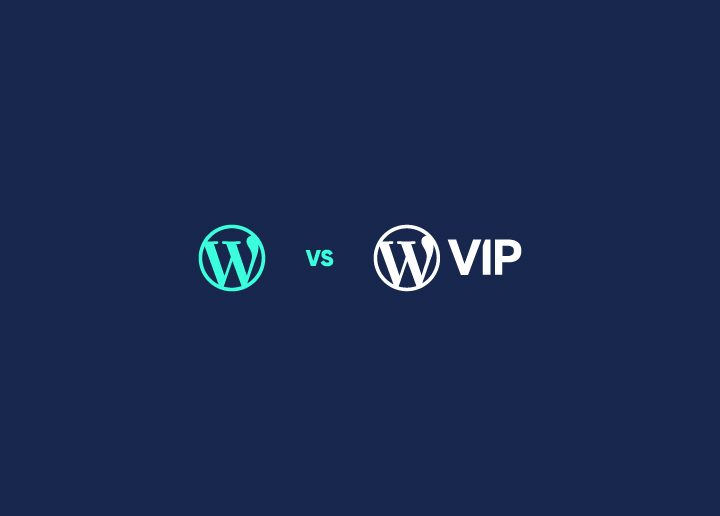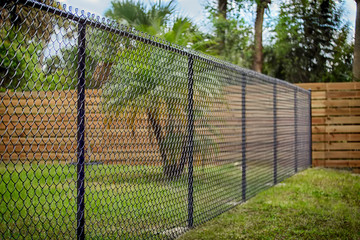In today’s fast-paced digital world, optimizing your hosting for performance is crucial for delivering a seamless user experience. Slow-loading websites can drive visitors away and impact your site’s effectiveness. Fortunately, there are several strategies to enhance hosting performance and ensure your website runs smoothly. This guide explores key methods to enhance hosting performance, offering practical tips and insights on hosting performance optimization and how to improve overall hosting efficiency.
Understanding Hosting Performance
Before diving into optimization techniques, it’s essential to understand what affects hosting performance. Key factors include server speed, resource allocation, and site architecture. Performance can be influenced by both the type of hosting plan you choose and how you manage your website’s infrastructure.
1. Choose the Right Hosting Plan
Selecting the right hosting plan is foundational to enhancing hosting performance.
- Shared Hosting: While budget-friendly, shared hosting can limit performance as multiple sites share the same server resources. This may result in slower speeds during high traffic periods.
- VPS Hosting: Virtual Private Servers (VPS) offer dedicated resources and better performance compared to shared hosting. This can lead to improved speed and reliability.
- Dedicated Hosting: For sites with high traffic or complex needs, dedicated hosting provides an entire server solely for your use. This option offers the best performance but at a higher cost.
- Cloud Hosting: Cloud hosting scales resources according to demand, making it ideal for fluctuating traffic. It provides flexibility and enhanced performance through distributed resources.
Optimize Website Performance
Once you’ve selected a suitable hosting plan, optimizing your website’s performance is the next step. Here are some actionable tips to optimize your hosting for performance:
2. Use Content Delivery Networks (CDNs)
A Content Delivery Network (CDN) caches your website’s static content across multiple servers worldwide. This reduces latency by serving content from the nearest server to the user. Implementing a CDN can significantly enhance hosting performance by speeding up page load times and reducing server load.
3. Enable Caching
Caching stores frequently accessed data in a temporary storage area for quick retrieval. By enabling caching, you can minimize server requests and accelerate page loading times. Consider using both server-side caching (such as Varnish or Redis) and browser caching to maximize performance.
4. Optimize Images and Media
Large image and media files can slow down your site. Compress and resize images before uploading them to your website. Use modern formats like WebP for better compression and faster loading. Additionally, leverage lazy loading to ensure images only load when they come into the user’s viewport.
5. Minify and Combine Files
Minification removes unnecessary characters from code files without affecting functionality. Combining multiple CSS and JavaScript files reduces the number of server requests. Tools like UglifyJS for JavaScript and CSSNano for CSS can help streamline and reduce file sizes, leading to improved performance.
6. Monitor and Manage Resources
Regularly monitoring server resources helps identify performance bottlenecks. Tools like New Relic or Google Analytics can provide insights into how your hosting environment performs. Additionally, optimize your database by cleaning up old data, optimizing queries, and ensuring proper indexing.
7. Implement Secure Sockets Layer (SSL)
SSL certificates encrypt data transferred between your website and its visitors, enhancing security and trust. Modern browsers prioritize sites with HTTPS, and having SSL installed can positively affect your site’s loading speed as well.
Improve Server Configuration
Adjusting server settings can also lead to performance improvements. Here are a few server-side adjustments to consider:
8. Optimize Server Software
Ensure that your server software (e.g., Apache, Nginx) is configured for optimal performance. For instance, Nginx is known for its speed and ability to handle high traffic loads efficiently compared to Apache. Tuning your server’s settings can make a noticeable difference in performance.
9. Leverage PHP and MySQL Optimizations
If your website uses PHP and MySQL, optimizing these components can enhance performance. For PHP, use the latest stable version and configure it for optimal performance. For MySQL, optimize queries and use caching solutions like Memcached to reduce database load.
10. Regularly Update Software
Keep your website’s software, including CMS, plugins, and themes, up to date. Updates often include performance improvements and security patches. Regular maintenance ensures your site benefits from the latest optimizations and features.
Conclusion
Optimizing your hosting for performance is a multifaceted process that involves choosing the right hosting plan, enhancing your website’s efficiency, and fine-tuning server configurations. By implementing these hosting performance optimization tips, you can significantly improve your website’s speed and reliability, offering a better user experience and boosting your site’s effectiveness. From leveraging CDNs and caching to optimizing media and server software, every step contributes to a more responsive and efficient website. Embrace these strategies to keep your site running smoothly and effectively in today’s competitive digital landscape.





More Stories
The Pros and Cons of Managed vs. Unmanaged Hosting
The Benefits of Cloud Hosting for Modern Websites
How to Make the Most of Your Hosting Features